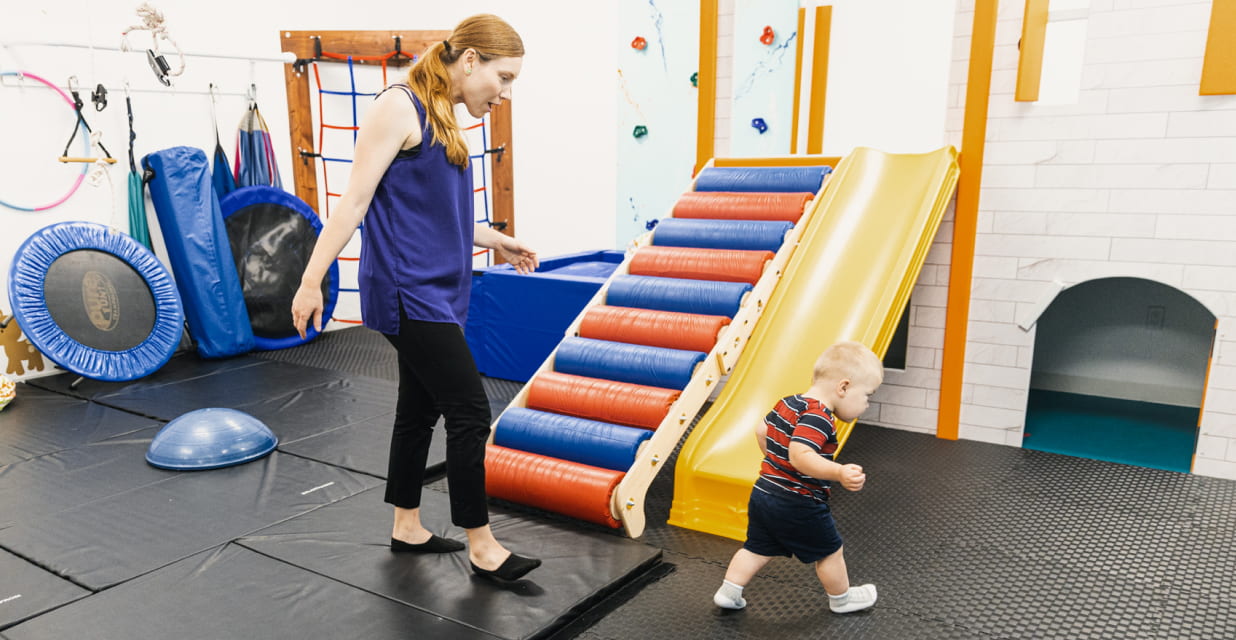Step 1: Take a deep breath!
Learning that your child has been diagnosed with Autism Spectrum Disorder, or ASD,
can understandably flood parents and caregivers with a range of overwhelming emotions.
It’s easy to feel trapped or condemned by a label. When the “what ifs” start to invade,
remember that this new information does not change who your child is or who you
already know them to be. It is simply an identification of a root cause for various
symptoms and the first step to helping your child reach their full potential.
Step 2: Free your child (and yourself) from expectations
Following a diagnosis of ASD, it is common for parents and caregivers to experience a
period of mourning for “normality” and feelings of uneasiness when thinking about the
future. However, the new diagnosis is not a predictor of the future, let alone a sentence to
a life of failure or unhappiness. Taking one day at a time and celebrating any progress,
no matter how small, is key in cultivating both acceptance and a sense of hope.
Step 3: Advocate for your child
With a new diagnosis comes a plethora of recommendations from medical and school
professionals. Always remember, though these recommendations are backed by research
and have been proven to help, you have the final say in your child’s treatment. Though
30 hours of therapy per week might be recommended, you may feel that is too much. Go
with your instinct! Your child’s team of professionals will work with you to ensure the
best possible treatment to match your child’s individual needs.
Step 4: Find community
No one has to face the journey alone! Consider joining a virtual or in-person support
group for parents and caregivers of children with Autism, or an online forum. Sometimes
well-meaning family and friends can misunderstand and unintentionally cause more pain,
so it can be important to connect with people who do understand. Autism Society San Diego offers both support groups for parents/caregivers and fun events for the entire family. Military families can take advantage of the Exceptional Family Member Program
(EFMP) for a range of family support. When in doubt, meetup.com is a great place to
start!
Step 5: Take care of yourself!
Self-care is often placed on the backburner when caring for a child who has an ASD
diagnosis. However, burn-out is not only emotionally draining for you, but is also
unhelpful for your child. It’s important to seek Respite Care services if you don’t have a
friend or family member to babysit while you take time for yourself to recharge. In
addition, pick your battles with your child. Rome wasn’t built in a day, so anticipating
immediate results and/or perfection can contribute to high stress levels.
Checklist, in no particular order:
- Developmental evaluation (medical) through your doctor or San Diego Regional Center. It is important to get a medical diagnosis, not just an educational label
through the school district. This is not the same as a formal diagnosis. - Speech therapy (medical/outpatient)
- Occupational therapy (medical/outpatient)
- Behavioral therapy (e.g., ABA) (in home or in facility)
- Apply for school services at age 2 and 10 months to begin at age 3. This will determine eligibility for services through the school district such as, speech
therapy, occupational therapy, and behavioral therapy. Your child can receive these therapies in both the medical and school setting, as medical and educational
services are autonomous from one another.
Written by: Kat Winger, MS CCC-SLP

